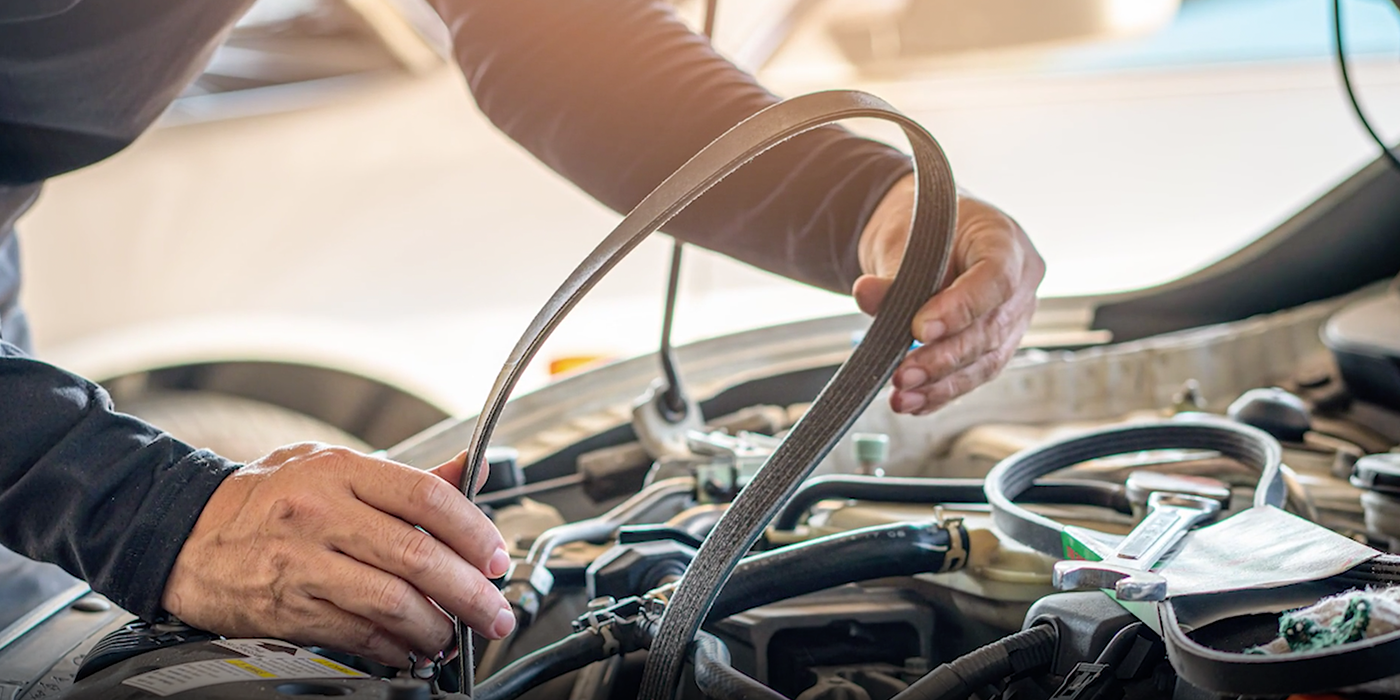Understanding the OAD pulley
Discover the ins and outs of OAD pulleys, their role in belt drive systems and learn the tricks of diagnosis and replacement.
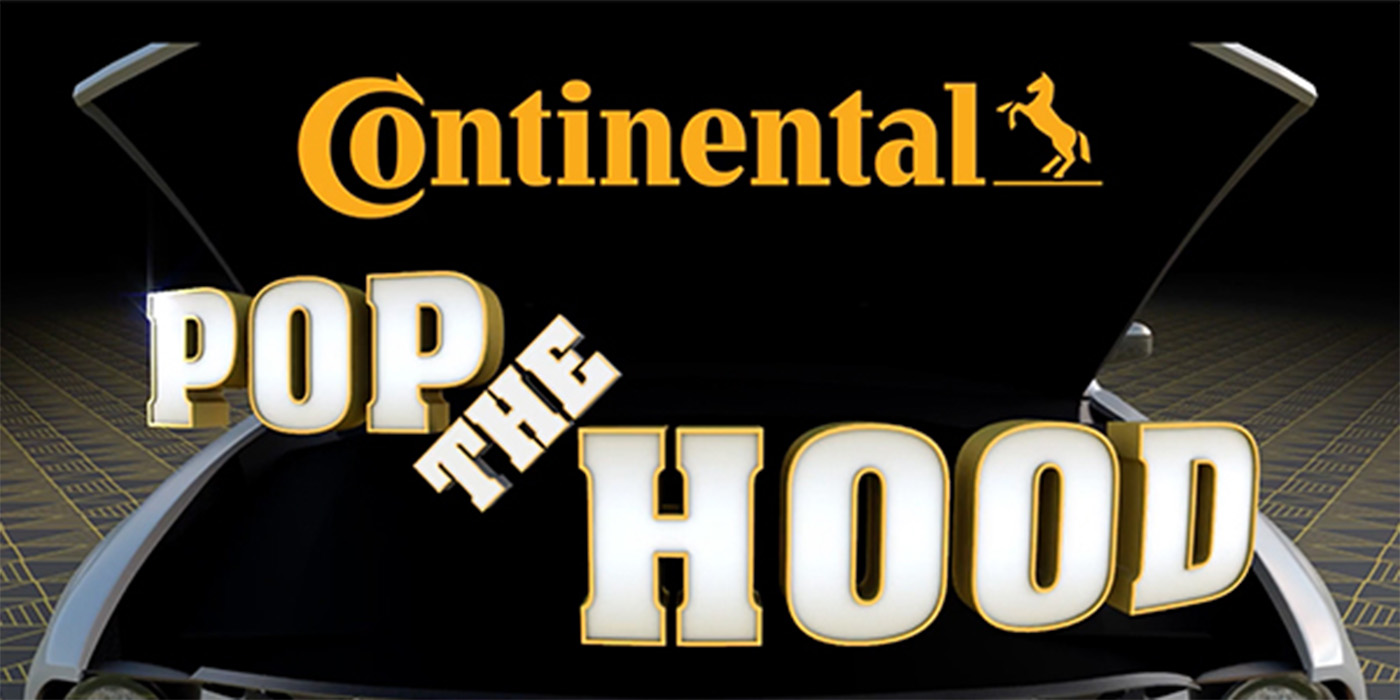
Installing the Continental Multi V Stretch Belt
Stretch Belts were introduced in 2004 to give auto manufacturers more flexibility in the design of the front-end accessory drive system.

The Importance of Sustainable Packaging
Changing how a product is packaged can reduce CO2 emissions.

Check the Parts in the Box: Help Prevent Fraudulent Returns
You can take some easy steps to make returns less costly for suppliers. Sponsored by Continental Belts & Hose.

Importance of Belt Measuring Tools
Use the correct tool to measure the effective belt length at the cord line.

Recommending Tensioners
If you look at the service manual for any 1980s vehicle, it will always recommend adjusting belt tension through a new oil change. To do this, you either use the adjuster or add shims to a pulley. On some vehicles, you may have had to adjust up to three belts, but that all changed thanks
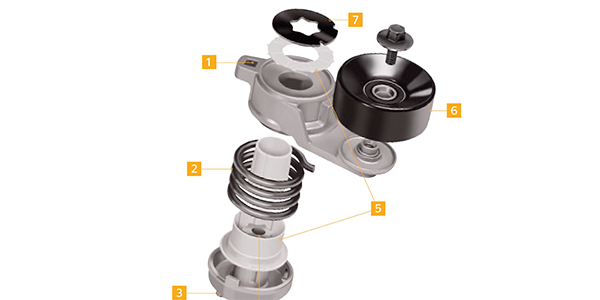
Why Highlighting Student Techs is Critical Now More Than Ever
As demand for technicians continues to soar, now more than ever it has become critical to support and recognize successful students who exemplify a strong passion for the automotive industry. Many people think that attending a trade school won’t lead to a successful career. The reality is that trade schools are a practical, affordable and
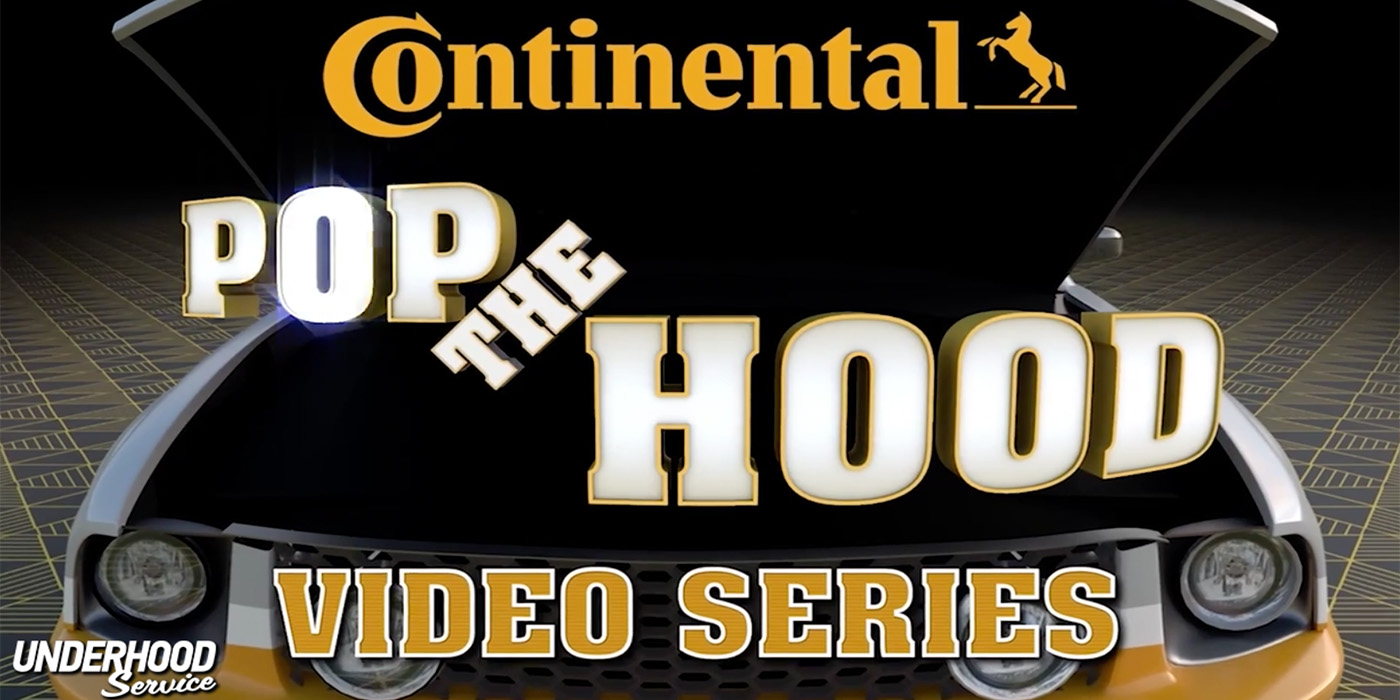
Stretch Belt Inspection and Installation
If you see a belt that does not have an automatic tensioner and runs between only two or three components, it’s probably a stretch belt. You may also notice some belts will have the word stretchy or stretch written on the back. A stretch belt can last 100,000 miles or more. On a worn belt,

What Comes in a Timing Belt Kit?
Many engines today have two or more belts that will need to be replaced at some point. One is a serpentine belt on the front of the engine that drives the engine accessory such as the alternator and the air conditioning compressor. The other is the timing belt. If the engine has an overhead cam
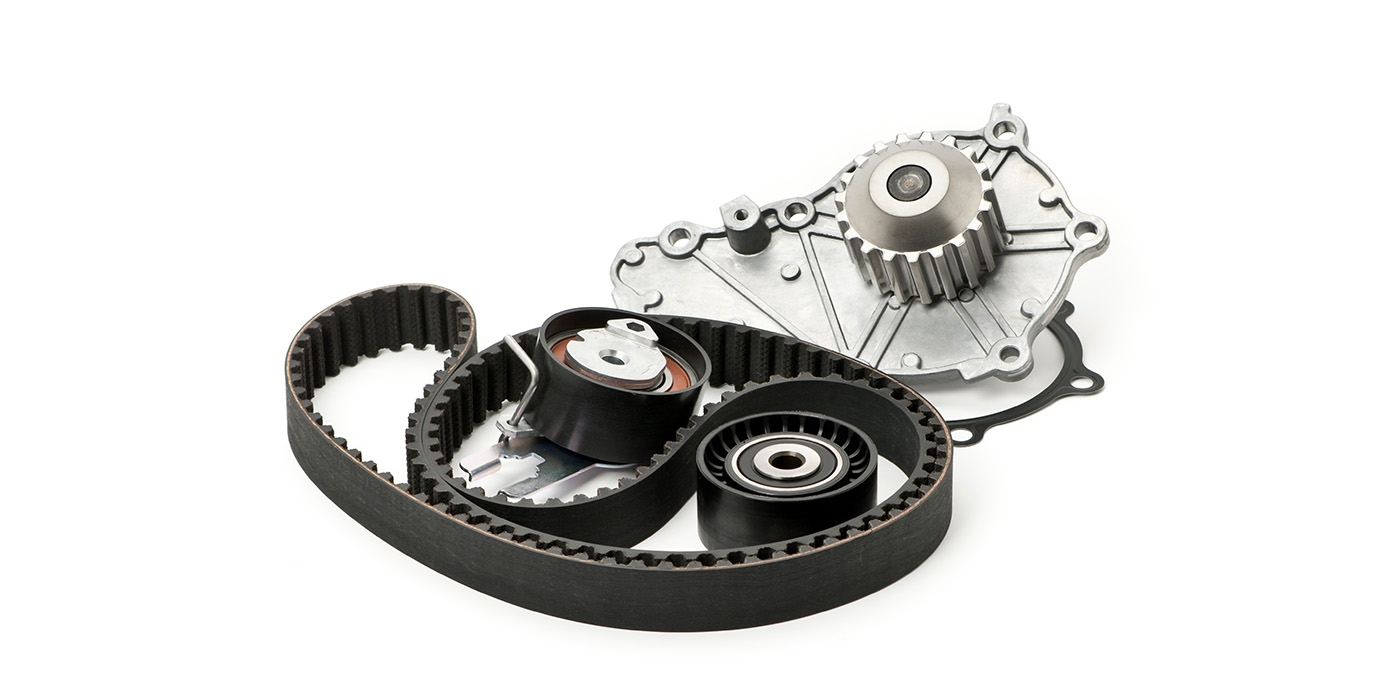
How to Measure Belt Wear
Drive belts need friction to operate. It sounds counterintuitive, but friction between the belt and the pulleys allows power transmission from the crankshaft to an alternator, power-steering pump or AC compressor. To produce these levels of friction, the belt and pulleys need surface area. This is why they have grooves that line up with great
